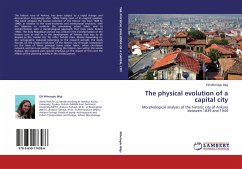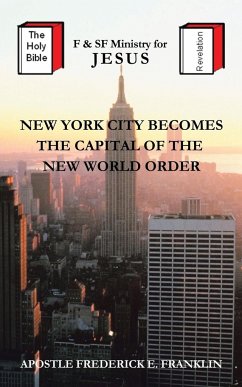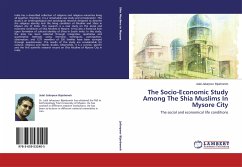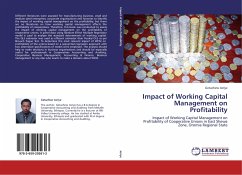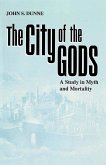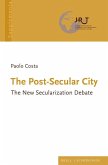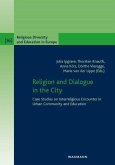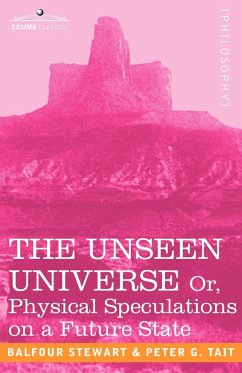The historic core of Ankara, has been subject to a rapid change and deterioration increasingly after 1950s, losing most of its original qualities. This book analyzes the spatial evolution of the historic city from 1839 to 1940s, in relation to the socio-economic and institutional structure, with the objective to restitute the preexisting urban fabric and its transformation with a morphological approach that took place before 1950s. The Early Republican period was critical in the transformation of the historic core as well as in the development of Ankara that was to be shaped as the model city for other Turkish cities. Mainly depending on the cartographic materials belonging to the research periods, the study focuses on the physical evolution of the historic city through comparison on the basis of three principal items: urban fabric, urban circulation network and land use pattern. Situating the historic core within the whole Ankara, the research puts special emphasis on the impactof fires and the effects of the planning activity in the related period.
Bitte wählen Sie Ihr Anliegen aus.
Rechnungen
Retourenschein anfordern
Bestellstatus
Storno

